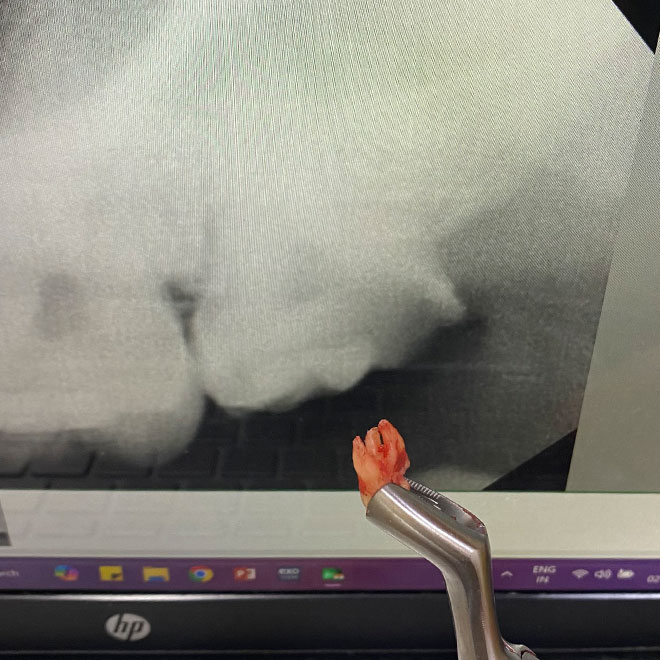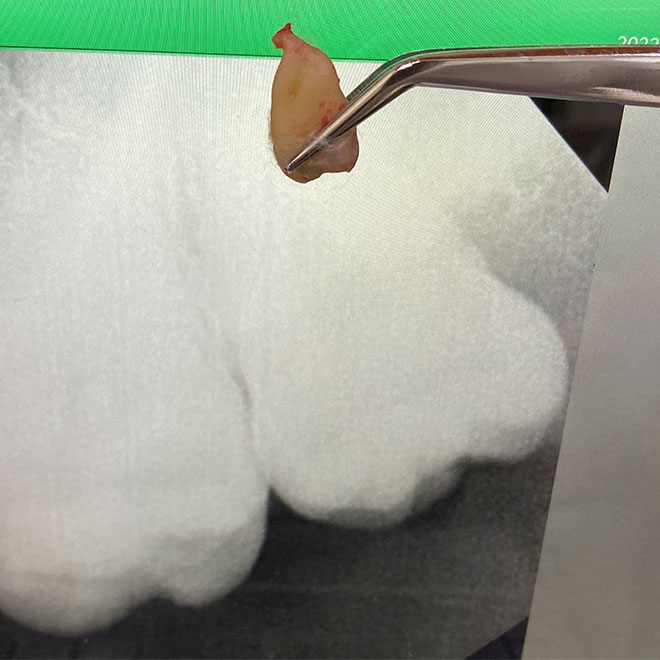-
When decay extends beyond repair, when periodontal disease has destroyed supporting structures, when infection threatens overall health, or when orthodontic treatment requires space. Third molars (wisdom teeth) are common extraction candidates that often become impacted and can cause damage to adjacent teeth if left alone.
The process begins with comprehensive evaluation including clinical examination and imaging to assess tooth position and root structure. Simple extraction with simple tools for visible teeth might already be enough. However, impacted teeth or complex root structures often require surgical extraction, involving a small gum incision and, occasionally, removal of overlying bone to access the tooth safely.
Patient comfort remains paramount throughout the procedure. Contemporary anesthetic practice provides painless procedure with possible choice ranging from local anesthetics to sedation for nervous patients. After extraction, meticulous post-operative guidance (including bleeding control, pain and activity restriction) directs patients towards healing. The formation of a stable blood clot is essential for proper healing.
Prophylactic antibiotics may be administered to patients with some underlying medical conditions to avoid complications. After extraction, there are a number of restorative alternatives that can be used to restore the lost tooth and therefore prevent the repositioning of adjacent teeth and the restoration of normal bite function. These include dental implants, fixed bridges, or removable prosthetics, with recommendations based on your specific situation and preferences.


